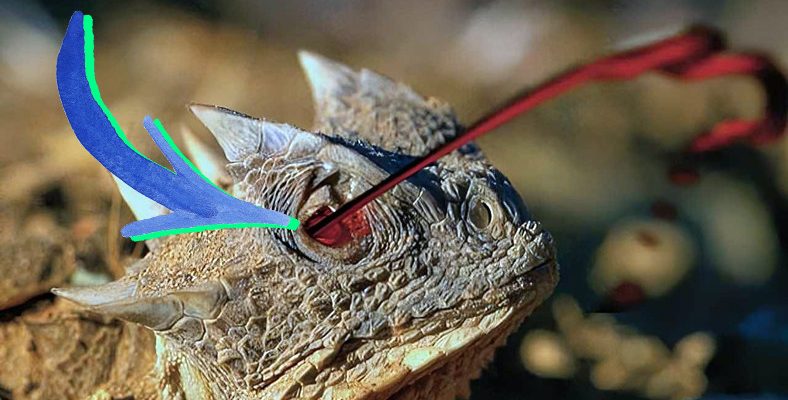There are two basic instincts in every living thing: survival and reproduction. Many features have evolved in living things for these instincts. Especially the defense mechanisms developed to continue living can be quite interesting.
In nature, both prey and hunters struggle to survive. various strategies they are developing. The side with the more successful strategy is usually the one who survives one more day.
Some prey really do not like animals thinking of hunting themselves, with the defense mechanisms they have developed. they are intimidating. Apart from this, of course, not all defense mechanisms are developed against predators; sometimes living things have to defend themselves against nature itself.
1. Rana Sylvatica frogs have a natural antifreeze system to keep them from freezing in winter.
During the cold winter months, frogs’ skin freezes at first and their body becomes hard. It then freezes the water in the blood with a special protein in their blood. About the water in the cells with the ice formed 70% is absorbed.
Meanwhile, the liver secretes glucose, and this glucose fills the empty cells, preventing further water withdrawal; because the withdrawal of all water would mean death. In addition, thanks to glucose, the inside of the cells never freezes; It just freezes outside.
Frozen frogs can stay like this for weeks; in any organ, including the heart and brain. vital activity is not observed. When the weather warms up, it starts to dissolve from the inside out again and the frog continues its life as if nothing had happened in a day.
2. Sea cucumbers throw their entrails at their enemies.
Thus, the sea cucumber, which causes it to incapacitate its predator and especially to get entangled in its intestines, is saved from danger. Sea cucumber sprays its organs It regenerates in 6 weeks.
3. Lybia crabs use sea anemones as a kind of boxing glove.
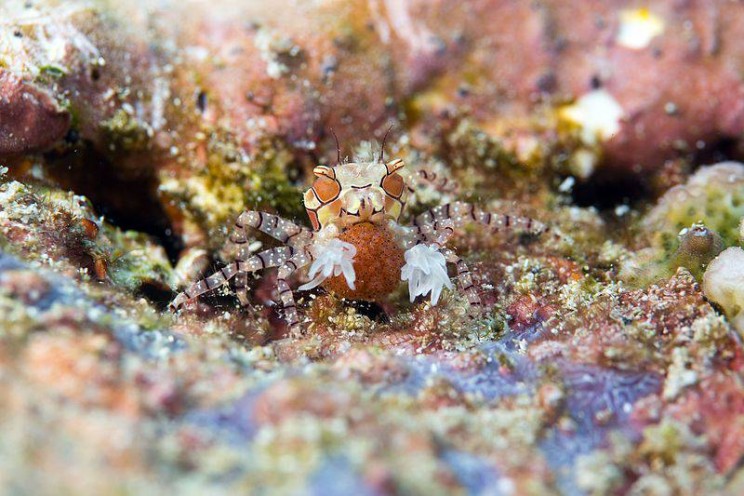
Thanks to the poisons secreted by the sea anemones, the lybias manage to keep their enemies away from themselves, and they return this favor by making the sea anemones travel in a way. Just like this It can be compared to bees carrying pollen.
4. The squid can camouflage spectacularly by changing its color and shape.
The squid, the creature with perhaps the best camouflage system in nature, It can adapt to any color. The squids, which can change the color of their skin very quickly and adapt their body shape to the environment, are thus able to both hide from their predators and hunt their prey.
5. Camponotus saundersi ants can blow themselves up to protect their nests.
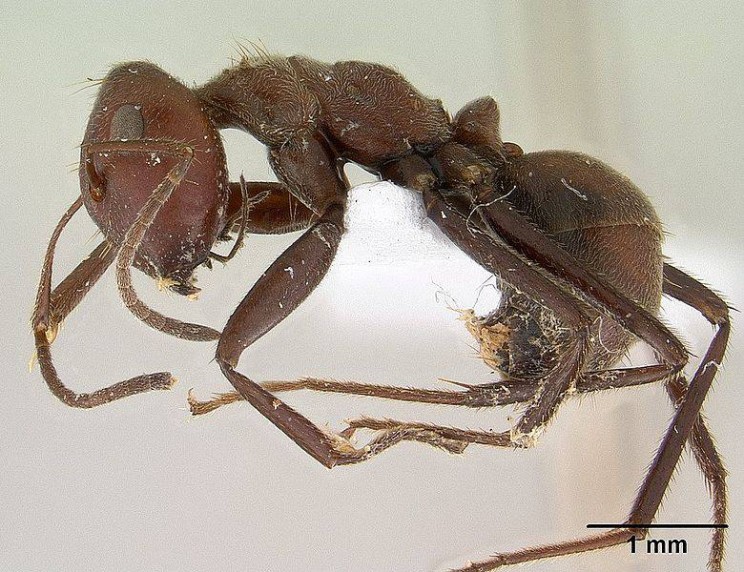
When its colony is endangered, this ant species blow yourself up scattering a poison around and trying to neutralize the enemy. In the end, of course, he sacrificed his own life.
6. Slow loris can put their enemies into a coma with the venom they produce.
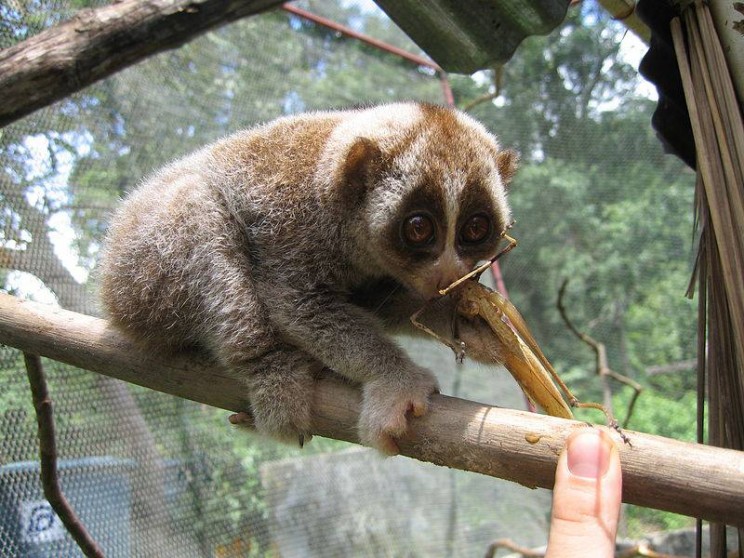
Slow loris are known to have ‘venomous bites’ that are not uncommon among mammals. When they lick the secretion from a gland in their arms and combine it with the saliva in their mouth they get poison. Thanks to these adaptations, they keep their predators away and protect them by applying them to the fur of their offspring.
7. The bombardier beetles keep their enemies at bay with an extremely hot and poisonous chemical.
from their anus This hot and poisonous chemical they eject contains hydrogen peroxide and some enzymes.
8. When endangered, horned lizards squirt blood from their eyes, trying to force their predators to retreat.
These animals, whose basic defense mechanism is on camouflage, switch to plan B if their camouflage fails and attack the enemy. blood gushing from his eyes.
9. When the Spanish salamander is attacked, it pulls its ribs out of its skin, and the bones that come out act as poison-carrying needles.
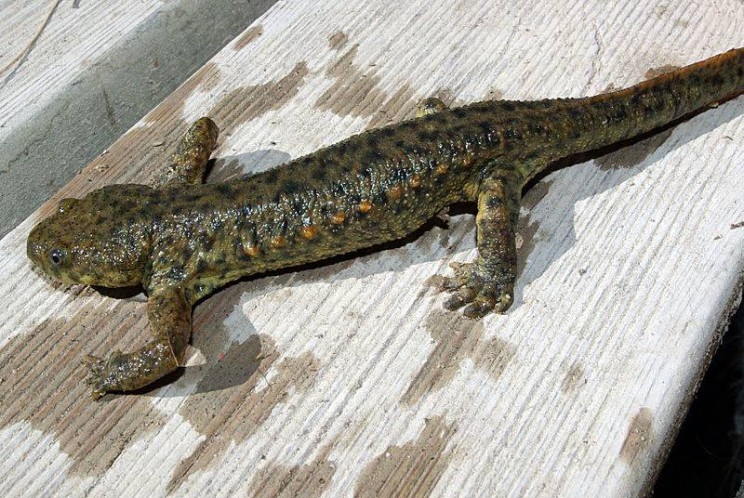
Even more interestingly, his venom-filled ribs were endangered. coming out of the skin, does not lead to a fatal outcome for the animal itself.
RELATED NEWS
What’s the Mystery Behind Bats’ Success in Being the Only Flying Mammal?
RELATED NEWS
Why Do Some Animals Eat Their Cubs? It Won’t Feel So Tragic Anymore When You Find Out The Reason!
Source :
https://interestingengineering.com/11-of-the-greatest-defense-mechanisms-in-nature
